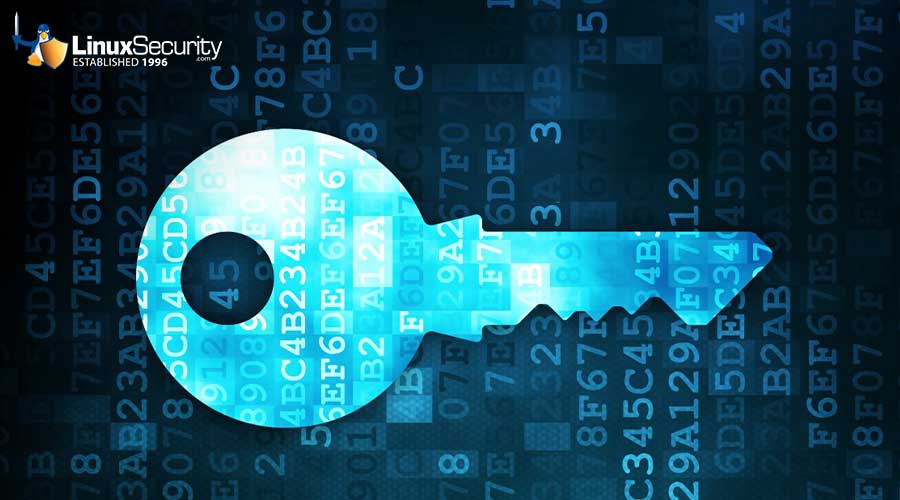Maintaining System Integrity During Forensics
It should be noted that this article is not intended to provide a list of steps for investigators to take, although I will include a list at the end to summarize the main points, but rather it is an examination of the issues which investigators concerned about "best practices" might care to bear in mind. There are two reasons for this. First, although computer forensic cases may share many common aspects it is rare that they are exactly the same. As a result, a single, specific step-by-step approach applicable to every situation is practically impossible to put together and is likely to be less than useful in the real world. Second, exactly what constitutes a best practice remains a source of some debate within the computer forensics world. What may be a best practice in Paris, Texas might be unacceptable in Paris, France (or vice versa!).
The link for this article located at SecurityFocus is no longer available.























